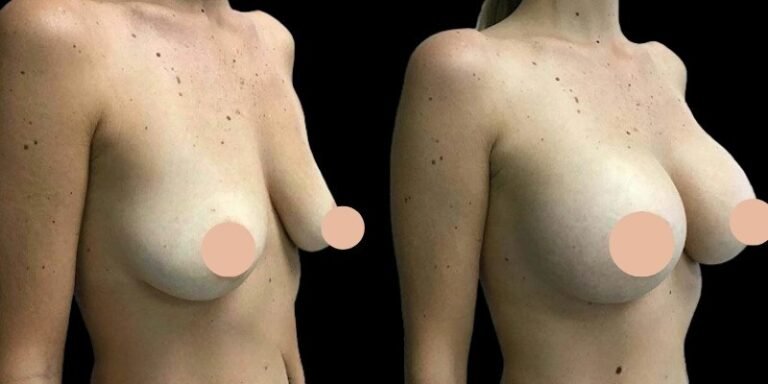Tennis Elbow, medically known as lateral epicondylitis, is a condition that causes pain and tenderness around the outer part of the elbow. Despite its name, you don’t have to be an athlete to develop it. Anyone who performs repetitive hand, wrist, or forearm motions—such as typing, lifting, painting, or even cooking—can experience this painful condition. At the Neurology and Pain Management Clinic (NPMC), Dr. Gautam Arora emphasizes both effective treatment and long-term prevention to help patients regain comfort and function.
Understanding Tennis Elbow
Tennis Elbow occurs when the tendons that connect the forearm muscles to the outside of the elbow become inflamed or degenerate due to overuse. Patients often report pain when gripping objects, shaking hands, lifting light weights, or even turning a doorknob. Left untreated, the pain can worsen, limiting daily activities and overall quality of life.
Treatment Options
At NPMC, Dr. Gautam Arora designs personalized treatment plans based on the severity of the condition. Treatments may include:
-
Rest and Activity Modification
The first step is allowing the tendon to heal. Patients are encouraged to reduce activities that strain the elbow while maintaining general fitness. -
Pain Relief and Anti-Inflammatory Measures
Ice packs, anti-inflammatory medications, and physiotherapy can reduce pain and swelling in the early stages. -
Physical Therapy
Strengthening and stretching exercises improve flexibility and support tendon healing. Guided exercises for the forearm and wrist muscles are often prescribed. -
Injection Therapy
For persistent pain, injections such as corticosteroids or platelet-rich plasma (PRP) can provide targeted relief and promote healing. At NPMC, advanced injection techniques are offered for precise and effective results. -
Bracing and Supports
A forearm strap or brace may reduce strain on the tendon, easing daily movements and speeding recovery. -
Minimally Invasive or Surgical Options
In rare, severe cases where conservative treatment fails, surgical intervention may be considered to repair the tendon. Dr. Arora ensures patients are guided through safe and effective choices when needed.
Preventing Future Injury
Preventing a recurrence of Tennis Elbow is just as important as treating it. Dr. Gautam Arora emphasizes the following strategies for long-term protection:
-
Correct Technique: Whether in sports or work tasks, maintaining proper form reduces unnecessary stress on the elbow.
-
Strength Training: Regular exercises to strengthen forearm and wrist muscles help absorb strain and protect the tendon.
-
Ergonomic Adjustments: For office workers, proper desk setup, wrist positioning, and regular breaks prevent overuse.
-
Warm-Up and Stretching: Athletes and workers should warm up and stretch before engaging in repetitive activities.
-
Listen to Your Body: Ignoring early pain often leads to worsening symptoms. Seeking timely care prevents complications.
Dr. Gautam Arora’s Expert Approach
At NPMC, patients are not only treated for their immediate pain but are also educated on lifestyle changes and preventive care. Dr. Gautam Arora takes a comprehensive approach, combining advanced medical techniques with practical advice to ensure lasting relief. His expertise in neurology and pain management allows him to address Tennis Elbow effectively while also focusing on overall musculoskeletal health.
Conclusion
Tennis Elbow can be frustrating, but with the right treatment and preventive care, recovery is possible. By combining medical expertise, modern therapies, and patient education, the Neurology and Pain Management Clinic (NPMC) under Dr. Gautam Arora’s guidance provides effective solutions for both treatment and prevention. If elbow pain is disrupting your daily life, timely intervention can help you regain mobility, reduce discomfort, and avoid future injury.





